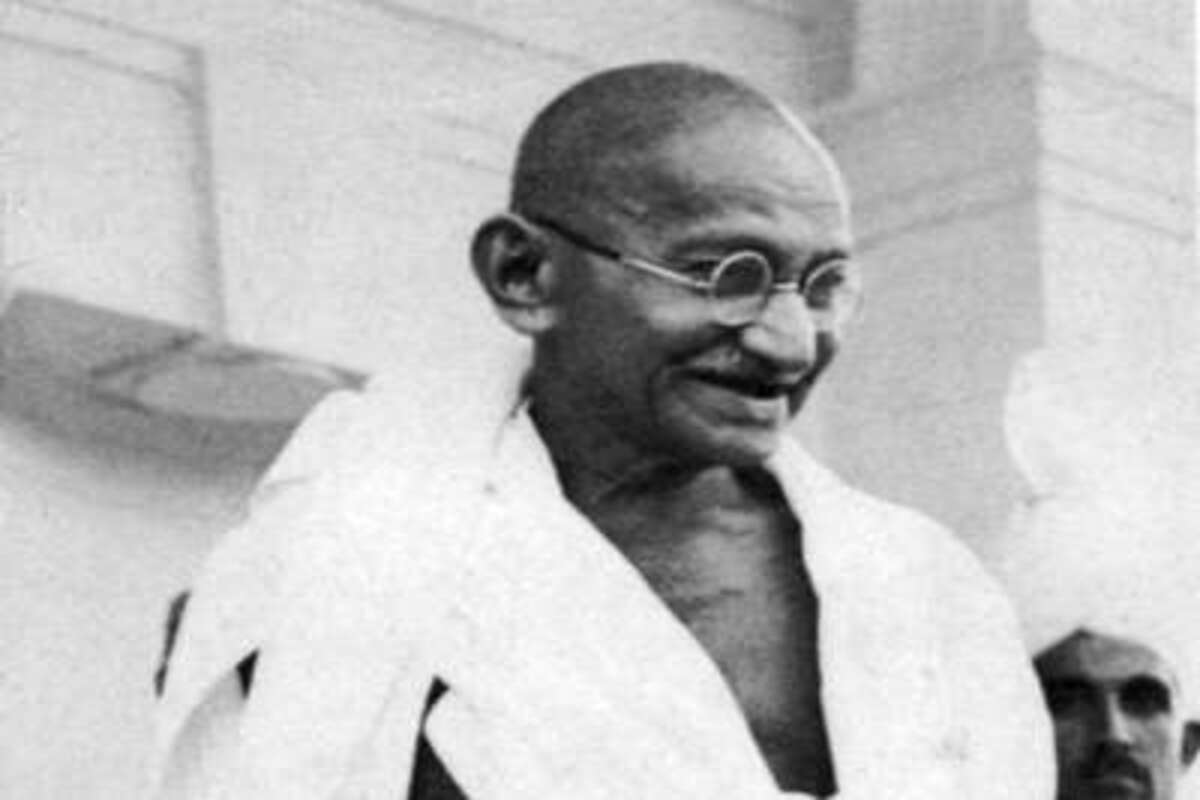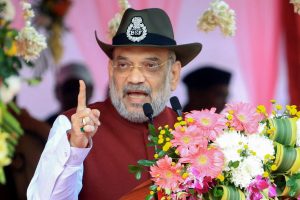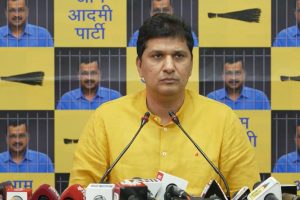Seventy-three years after his death, Mahatma Gandhi and his messages continue to be remembered in the context of many possible solutions for problems of a deeply troubled world. His birthday, October 2, is a time for events in his memory in many parts of world, a time also for re-emphasising his key precept of non-violence as a way of life.
Even in a world torn by many violent conflicts, statistics year after year show that the toll of everyday violence is even higher. Violence against women, children and close aquaintances encountered in daily life alone add up to tens of millions killed or wounded worldwide or left with deep emotional scars every year. Mahatma Gandhi gave high priority to training for non-violence in everyday life and relationships, a training aimed at reducing possibilities and tendencies for violence.
Violence is often rooted in trying to snatch something, or making undue demands from others. So this training must include limiting individual needs, desires and ambitions as a matter of self-control. As more and more people practice this, a strong base is also prepared for establishng peace in community, then country, then the world.
But surely some use of force is needed for resisting injustice? Of course, said Gandhi, who did all his life’s work in the shadow of British colonialism, but this force must be the force of non-violence. His most discussed work was in experimenting with and evolving various methods of non-violent resistance to various injustices of colonial rule. Over three decades – 1917-1947 – Gandhi led several struggles of the freedom movement of India.
A remarkable aspect of these struggles, despite occasional ups and downs, was the ability to sustain the involvement and support of millions of people over a period of about three decades till India became free in 1947. These included ordinary men and women, peasants and workers, poor and rich and middle class, who faced bullets and batons and went to jail but did not retaliate with violence.
Not all could be equally brave, and Gandhi provided ample opportunities for involving others in a host of ‘constructive’ activities including inter-faith harmony, ending social discrimination, attending to the needs of the poorest, reducing consumption of alcohol and all intoxicants, empowerment of women, public hygiene, village crafts and much else.
One of the more inspiring peaceful resistances was led in and around Peshawar by Gandhi’s trusted companion, Khan Abdul Ghaffar Khan, also known as Frontier Gandhi, and secured the involvement of the Pashtun people. They have been generally in news, also very recently, as being prone to violence. However, the Frontier Gandhi trained them as Khudai Khidmatgars or Servants of God, whose non-violent resistance of colonial oppression was so noble and courageous that Gandhi regarded his own visits there as pilgrimages. There are contemporary accounts of those Pashtuns remaining non-violent even when fired upon by the colonial army, moving only to rush their fallen colleagues to an ambulance and then coming back to face bullets.
After independence of India, the legacy of Gandhi continued in many non-violent movements for protecting forests and rivers, for obtaining land for landless peasants, for curbing corruption and misuse of power, ensuring transparency and introducing right to intformation legislation. Over two hundred of the most hardened dacoits of Chambal region gave up their life of crime in a surrender organized by Gandhian activists. At the same time, Gandhian ideas were also a source of inspiration for several important social movements in other countries including those involving leaders like Nelson Mandela and Martin Luther King Jr.
If taken forward with commitment and continuity, the Gandhian legacy can contribute much to reducing violence in everyday life at all levels, at the same time preparing a strong base for peaceful resolution of wider conflicts. It can lead to more sustained and broad-based resistance to various aspects of injustice.
Along with non-violence, the other key precept of Gandhi was truth, and his non-violent struggles are called satyagraha – or plea for truth to prevail. The movements he led were exceptionally transparent. Such transparent, peaceful, broad-based, sustained efforts will be needed in a world confronting climate change and race for immensely destructive weapons.
The writer is a freelance journalist and activist.











